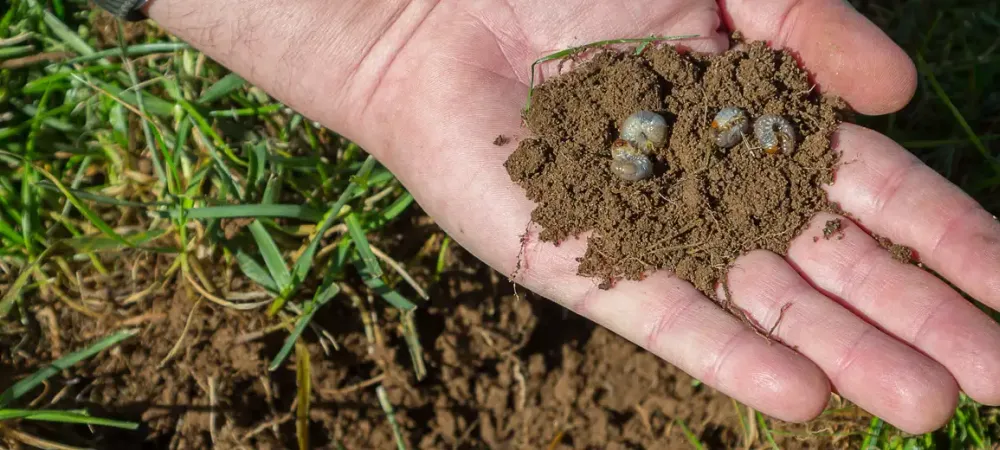
How to Spot Grubs and Other Turf Insects Before They Destroy Your Lawn
The threat to your vibrant, green lawn is not always visible. Beneath the surface, there may be pests silently destroying your turf before you can even realize there's a problem. These turf-destroying insects feed on the grass roots or blades, undermining the entire lawn structure and creating conditions that are costly and difficult to fix.
What are Turf-Destroying Insects?
While many insects are beneficial to your soil's health, a few common varieties pose a significant risk to your grass. Some of the most common turf-destroying insects include:
- Grubs (Larvae of Japanese Beetles and Masked Chafers): These are perhaps the most notorious. They feast on the roots of your grass, severing the connection between the blades and the soil.
- Chinch Bugs: These tiny pests are sap-suckers that live in the thatch layer and inject toxins into the grass, causing it to turn brown.
- Sod Webworms: The larvae of these moths chew grass blades down to the thatch layer, creating small, irregular brown patches.
The Tell-Tale Signs of a Hidden Infestation
Spotting a turf insect problem early is critical to saving your lawn. Look for these specific indicators:
1. The Discoloration and Patch Test
The most common initial sign is irregularly shaped brown patches that appear during the summer or early fall, often resisting watering. The crucial difference between grub damage and drought stress is simple:
- The Pull Test: Gently pull up the brown patch of grass. If the patch lifts easily, rolling up like a piece of carpet, it is a clear sign that grubs have eaten through the root system.
2. The Spongy Step
When walking across your lawn, does a specific area feel soft and "spongy" beneath your feet? This often indicates that the root system has been destroyed and the soil underneath is hollowed out due to insect activity.
3. Increased Wildlife Activity
If raccoons, skunks, or birds suddenly spend a lot of time digging or pecking at your lawn, it's often because they have found a reliable food source: grubs. These animals are secondary indicators that signal a severe insect population is present.
The Effectiveness of Professional Turf Insect Control
For homeowners looking to protect their lawn investment, a turf insect control program is the most efficient and recommended strategy. Professionals can help stop the next generation of pests before they can feed.
- Targeted Control: The treatment is timed to eliminate the insects when they are most vulnerable (newly hatched).
- Investment Protection: It prevents the root damage that causes brown patches, eliminating the need for costly repair, reseeding, or sod installation later.
- Long-Term Health: A preventative approach ensures the root system remains intact and healthy, making the entire lawn more resistant to drought and disease.
If you've spotted any signs or want to secure your lawn's health for the coming seasons, it's time to talk to a turf insect exterminator. Green Concepts can help! Schedule a free inspection and discuss a proactive Turf Insect Control plan tailored to your needs.
